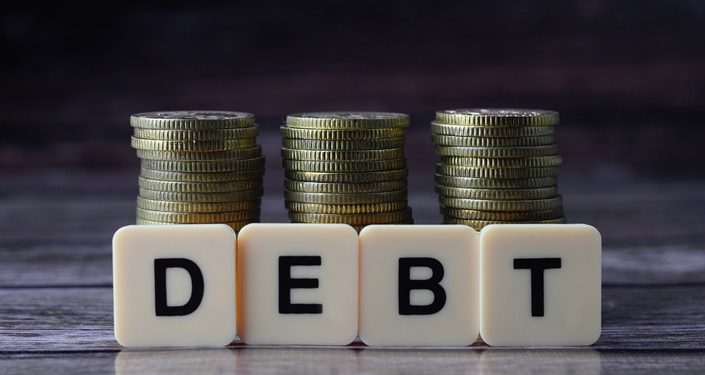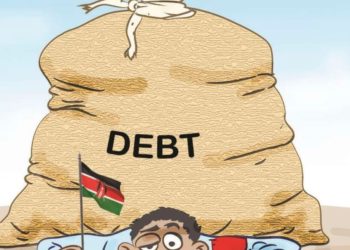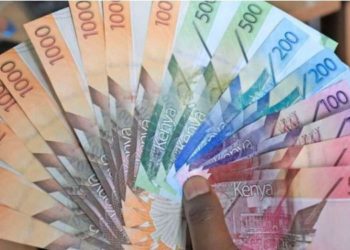The Kenya Kwanza administration’s cabinet intends to modify the debt ceiling from an absolute figure of Kshs 10.0 trillion to one that is tied to the Gross Domestic Product at 55.0% of GDP.
This would mean that Kenya would shift to being in breach of the debt ceiling, based solely on altering the method of measurement as Kenya has a Debt to GDP ratio of 62.3% as of October 2022 and absolute public debt of Kshs 9.1 trillion as of December 2022.
Regulation 26 (1) (c) of the Public Finance Management (National Government) Regulations, 2015 was amended in 2019 to shift the debt ceiling from a ratio of 50.0 percent of debt to GDP in Net Present Value Terms to a numerical ceiling of Kshs. 9.0 trillion.
This was done in order to create the fiscal space required to restructure the debt stock and bring debt down to sustainable levels. The Regulation was further amended to Kshs. 10.0 trillion in June 2022 to give headroom for further borrowing to support the budget deficit in FY’2022/2023.
Read: Ghana’s Debt Restructuring Program Is A Step In The Right Direction To Debt Sustainability
As of December 2022, Kenya was Kshs 0.9 trillion away from breaching the absolute ceiling as public debt increased significantly in the years preceding. Kenyan Public Debt has grown at a 10-year Compounded Annual Growth Rate (CAGR) of 17.4% to Kshs 9.1 trillion in December 2022 from Kshs 1.8 trillion in December 2012. Public Debt as a percentage of GDP grew to 67.5% in June 2022 from 49.6% in June 2012.
This growth in public debt is attributable to the government’s significant borrowing to fund infrastructural projects and bridge the fiscal deficit, a trend that will seemingly continue with the Kenya Kwanza government. The government has also accumulated expensive commercial loans and with the weakened shilling, the repayment has become costly taking away a larger proportion of the tax revenue.
The difference between measuring Public Debt in absolute terms and measuring Public Debt as a percentage of Gross Domestic Product is that by factoring in what Kenya produces, we can get a clearer picture of Kenya’s ability to pay back its debts.
Read: Global Growth Deferred By Rising Debts-IMF
This means that the proposed debt anchor will limit not just how much we borrow as a country in absolute terms but based on our ability to settle those borrowings indicated by how much we produce in a given year.
Moreover, efforts undertaken by the Ruto administration to deal with the root causes of Public Debt accumulation including austerity measures and aggressive taxation that seek to manage fiscal deficit and Government cooperation with the private sector for funding of infrastructure projects are underway.
The Public Finance Management (Amendment) Bill, 2022 states that should the public debt exceed the set limit, “the Cabinet Secretary shall provide Parliament with a written explanation on the said circumstances leading to the breach of the limit and provide a time-bound remedial plan.”
This provides a silver lining as finding ourselves above the debt ceiling as a result of this transformation could put significant pressure on the CS Treasury and the entire administration to explain their plan of action to deal with Kenya’s Public Debt.
Email your news TIPS to editor@thesharpdaily.com














